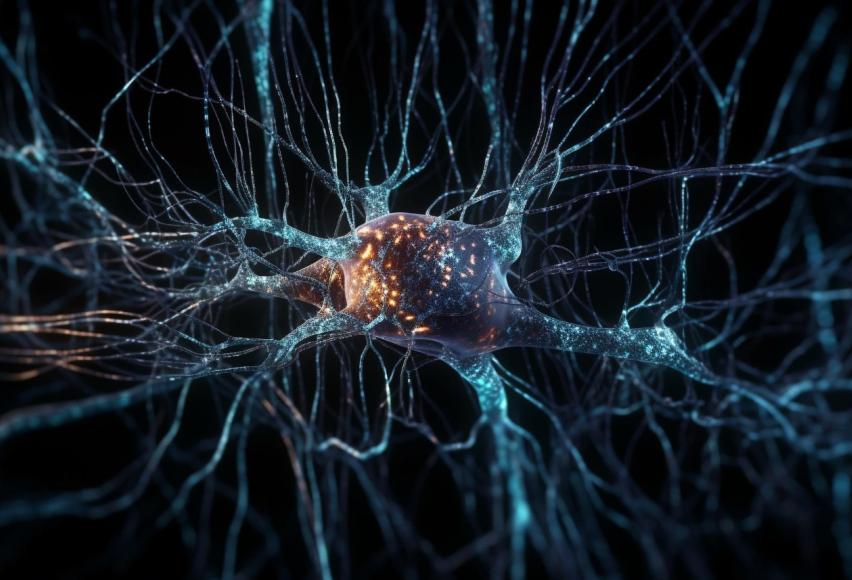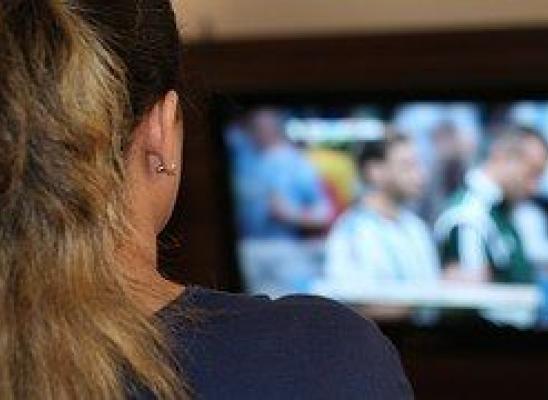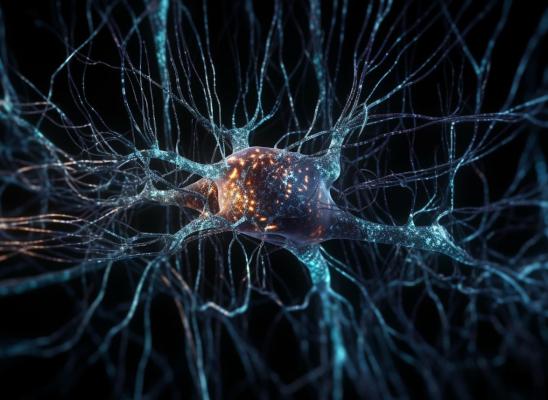Subtypes of Trichotillomania: What Does the Neurobiology Say?

Online test
Find out the severity of your symptoms with this free online test
Trichotillomania (TTM) is a body focused repetitive behavior (BFRB) characterized by repetitive hair pulling that results in significant hair loss, distress, and impairment in psychosocial functioning. While it is classified as an Obsessive-Compulsive Related Disorder (OCRD), it has its own distinct criteria and presentation.
TTM is a highly heterogenous disorder meaning that people can experience it in different ways. What causes TTM isn’t exactly clear. Some studies suggest that factors such as boredom, emotional dysregulation, stress and anxiety, and trauma may play a role. Other studies have examined the role of neurocognitive factors such as memory, attention, and cognitive flexibility. Still, the underlying causes remain elusive.
One of the things we know about TTM is that it can create significant distress and physical, emotional and social functioning. Treating TTM isn’t always easy and there is currently no “best” way to treat it. Therapy is currently the first-line treatment but there are limitations. Not everyone responds to treatment and even for those that do, relapse is not uncommon.
Why do some people experience TTM in different ways? Why do some people respond to treatment better than others? Based on new research, the answer may lie in neurobiology.
Sub-Types of TTM
Previous research has identified three distinct subtypes of TTM. These sub-types were identified as:
- Subtype 1: Sensory-sensitive Pullers
- Subtype 2: Low Awareness Pullers
- Subtype 3: Impulsive/Perfectionist Pullers
Each of these subtypes has a unique profile and constellation of characteristics.
Subtype 1: Sensory-sensitive Pullers
This subtype is characterized by highly focused, intentional pulling behavior. When urges do occur, they tend to not be overwhelmingly intense and the frequency of pulling tends to be lower than in other subtypes. Sensory-sensitive pullers score high in sensory sensitivity. Sensory sensitivity is how aware someone is of their sensory input: sight, sound, taste, smell, touch, and pain. They tend to react strongly when something is highly stimulating. There is moderate disturbance in mood. Impairment due to pulling is moderate.
Subtype 2: Low Awareness Pullers
This subtype is thought to be the most common TTM subtype. Low awareness pullers tend to engage in automatic pulling. Their pulling is more often the result of emotional triggers while urges to pull are generally low. Some degree of impairment is present. While they may sometimes experience some disturbance in mood, people with this subtype tend to present with symptoms of ADHD and a degree of impulsivity.
Subtype 3: Impulsive/Perfectionist Pullers
Pulling behavior for this subtype is driven by a need to control unpleasant emotions. They tend to experience uncontrollable urges to pull. Distress tolerance, the capacity to cope with negative emotional or aversive situations, is poor and they can be easily overwhelmed. Impulsive/Perfectionist pullers tend to present with high degrees of both perfectionism and impulsivity, and significant mood disturbance and impairment.
Subtypes of disorders are not uncommon. In fact, recent research into the subtypes of Obsessive Compulsive Disorder (OCD) suggests that the OCD subtypes may have biological underpinnings. With TTM being an OCRD, is it possible that TTM’s subtypes could have biological underpinnings as well? What could the subtypes reveal about TTM?
The Case for Neurobiology
In what is reported as the first study of its kind, researchers explored whether the clinical subtypes of hair pulling, and skin picking have distinct neurobiological profiles.
Magnetic Resonance Imaging (MRI) revealed that two subtypes of people with TTM had distinct structural findings on MRI:
- Low awareness hair pullers demonstrated increased cortical volume in the lateral occipital lobe. Low awareness hair pullers are thought to be the most common subtype of TTM and are best characterized as having more automatic hair pulling, and more pulling due to emotional triggers. The lateral occipital cortex is involved in visual perception as well as touch- and proprioception-related sensory activation.
- Impulsive/perfectionist hair pullers showed relative decreased volume near the lingual gyrus of the inferior occipital-parietal lobe compared to controls. The lingual gyrus is associated with visual memory and motion imagery. It’s also thought that the lingual gyrus is involved in response inhibition and reward processing.
- Sensory awareness pullers were not found to differ from controls or other clinical subtypes in any structural measure.
The researchers concluded that TTM subtypes may have partially distinct biological underpinnings. They do note that much more research is needed as no single area can tell the whole story. Future research may include examination of the brain’s white matter integrity and functional connectivity.
Why Subtypes Matter
So, why does exploring subtypes matter? Understanding the dynamics and the biological underpinnings of subtypes gives researchers and clinicians more information to work with. As researchers continue to better define and understand TTM and other BFRBs, more targeted, specialized treatment protocols will follow.
Instead of a general treatment approach, clinicians can zero in on those factors most involved in driving someone’s hair pulling. A more targeted approach may result in a more satisfactory outcome. For now, while there is no definitive treatment for TTM and other body-focused repetitive behaviors, research like this brings us closer to understanding the big picture and hope remains.
References
1. Snorrason, I., Ólafsson, R. P., Flessner, C. A., Keuthen, N. J., Franklin, M. E., & Woods, D. W. (2012). The skin picking scale-revised: Factor structure and psychometric properties. Journal of Obsessive-Compulsive and Related Disorders, 1(2), 133-137. https://www.sciencedirect.com/science/article/abs/pii/S2211364912000292?via%3Dihub
2. Francazio, S.K. & Flessner, C.A., 2015. Cognitive flexibility differentiates young adults exhibiting obsessive-compulsive behaviors from controls. Psychiatr. Res. 228 (2),185–190. https://www.sciencedirect.com/science/article/abs/pii/S0165178115002462?via%3Dihub
3. Grant, J. E., Bethlehem, R. A. I., Chamberlain, S. R., Peris, T. S., Ricketts, E. J., O'Neill, J., Dougherty, D. D., Stein, D., Lochner, C., Woods, D. W., Piacentini, J., & Keuthen, N. J. (2023). Neurobiology of subtypes of trichotillomania and skin picking disorder. CNS spectrums, 28(1), 98–103. https://www.ncbi.nlm.nih.gov/pmc/articles/PMC7614223/
4. Grant, J. E., Peris, T. S., Ricketts, E. J., Lochner, C., Steins, D. J., Chamberlain, S. R., … Keuthen, N. J. (2020). Identifying subtypes of trichotillomania (hair pulling disorder) and excoriation (skin picking) disorder using mixture modeling in a multicenter sample. Journal of Psychiatric Research, in press. Retrieved from https://www.sciencedirect.com/science/article/abs/pii/S0022395620310578?via%3Dihub
5. Okada, K., Nakao, T., Sanematsu, H., Murayama, K., Honda, S., Tomita, M., Togao, O., Yoshiura, T., & Kanba, S. (2015). Biological heterogeneity of obsessive-compulsive disorder: A voxel-based morphometric study based on dimensional assessment. Psychiatry and clinical neurosciences, 69(7), 411–421. https://pubmed.ncbi.nlm.nih.gov/25556718/
Online test
Find out the severity of your symptoms with this free online test
Start your journey with TrichStop
Take control of your life and find freedom from hair pulling through professional therapy and evidence-based behavioral techniques.
Start Now



